Previous Episodes
- December 2025
- November 2025
- October 2025
- September 2025
- August 2025
- July 2025
- June 2025
- May 2025
- April 2025
- March 2025
- February 2025
- January 2025
- December 2024
- November 2024
- October 2024
- September 2024
- August 2024
- July 2024
- June 2024
- May 2024
- April 2024
- March 2024
- February 2024
- January 2024
- December 2023
- November 2023
- October 2023
- September 2023
- August 2023
- July 2023
- June 2023
- May 2023
- April 2023
- March 2023
- February 2023
- January 2023
- December 2022
- November 2022
- October 2022
- September 2022
- August 2022
- July 2022
- June 2022
- May 2022
- April 2022
- March 2022
- February 2022
- January 2022
- December 2021
- November 2021
- October 2021
- September 2021
- August 2021
- July 2021
- June 2021
- May 2021
- April 2021
- March 2021
- February 2021
- January 2021
- December 2020
- November 2020
- October 2020
- September 2020
- August 2020
- July 2020
- June 2020
- May 2020
- April 2020
- March 2020
- February 2020
- January 2020
- December 2019
- November 2019
- October 2019
- September 2019
This episode we start to move on into the latter part of the 3rd century, with Mimaki Iribiko’s successor, Ikume Iribiko. This episode deals with the state of the continent and the peninsula as we get one (or possibly more) visitors from those lands. We also tackle the sticky question about “Mimana” and the claims of a Japanese colony on the peninsula, which were used to justify Japanese involvement in the peninsula in the 20th century. Most of the info is in the episode, but I’ll try to lay out a few things here.
About “Kara” v. “Gaya”
So many names of things on the peninsula have changed over the years, largely because of how things were recorded. The first system of writing that was used was Sinitic writing, just as in Japan, and so the characters used were not strictly phonetic. Korea would develop its own phonetic alphabet, Hangul, just as Japan would develop katakana and hiragana, but not until much later. The early chronicles were all written with Chinese characters, and so their pronunciation is typically something debated as linguists attempt to reconstruct the old pronunciations. In general what we know today as Gaya was probably pronounced something like “Garak”, “Gara”, or even “Kara” in its own time. In much of east Asia, voiced and unvoiced consonants can be almost interchangeable, with aspiration playing a more important role, which is almost reversed from English. This can make it hard to always see the relationships between things.
As for the relationship in Japanese—as I mention in the podcast, we have various things referring to the continent that all get a “kun’yomi” reading of “Kara”. So for instance you can find 漢・唐・観 all as “Kara”, when these characters represent, respectively, the Han Dynasty (KAN), the Tang Dynasty (TOU), and Korea (KAN). Basically anything that came from the continent through the peninsula was pronounced in the same way as “Gara” or “Garak”, which was spelled in various ways including: 加羅, 伽羅, 迦羅, 柯羅, 駕洛, 迦落.
And while we are talking about potentially confusing homophones in the text, I think that we should have a talk about “Han”. I believe I mentioned this before about the fact that we have the “Han” dynasty and then we have the “Samhan” or the three Han. It is quite confusing, but the truth is that these are different words that sound the same but use different characters. So for instance you have 漢 or 汉, which are both pronounced “Han” in modern Putonghua dialect of Chinese, and which refer to either the Han dynasty or, today, the ethnic Han people—the majority ethnicity of modern China. Then you have 韓, which is also pronounced “Han” in Chinese and Korean, and it is used to refer to Korea (the modern name of the Republic of Korea is Daehan Minguk: 大韓民國), but its original use appears to have been in referring to the three Han of the Korean Peninsula. To even further complicate matters, in Japanese both are pronounced with the same On’yomi of “KAN”.
So this has two problems. First is determining when we are talking about the ethnic Han of China, to which some might just suggest that we call them “Chinese”. However, not all of the dynasties of the area that we know as China were ethnically Han. Many of them descended from different ethnic roots. Even the Tang dynasty was not considered an ethnic Han dynasty, and neither was the more recent Qing dynasty—and we aren’t even talking about the Mongolian Yuan. On top of that, we should be careful of conflating modern states and political entities with previous states or governments, especially in an area as diverse as East Asia.
Even on the peninsula, which is only a fraction of the size of the rest of the continent, we know that there were a variety of cultures mixing and mingling, and a variety of languages that were being spoken.
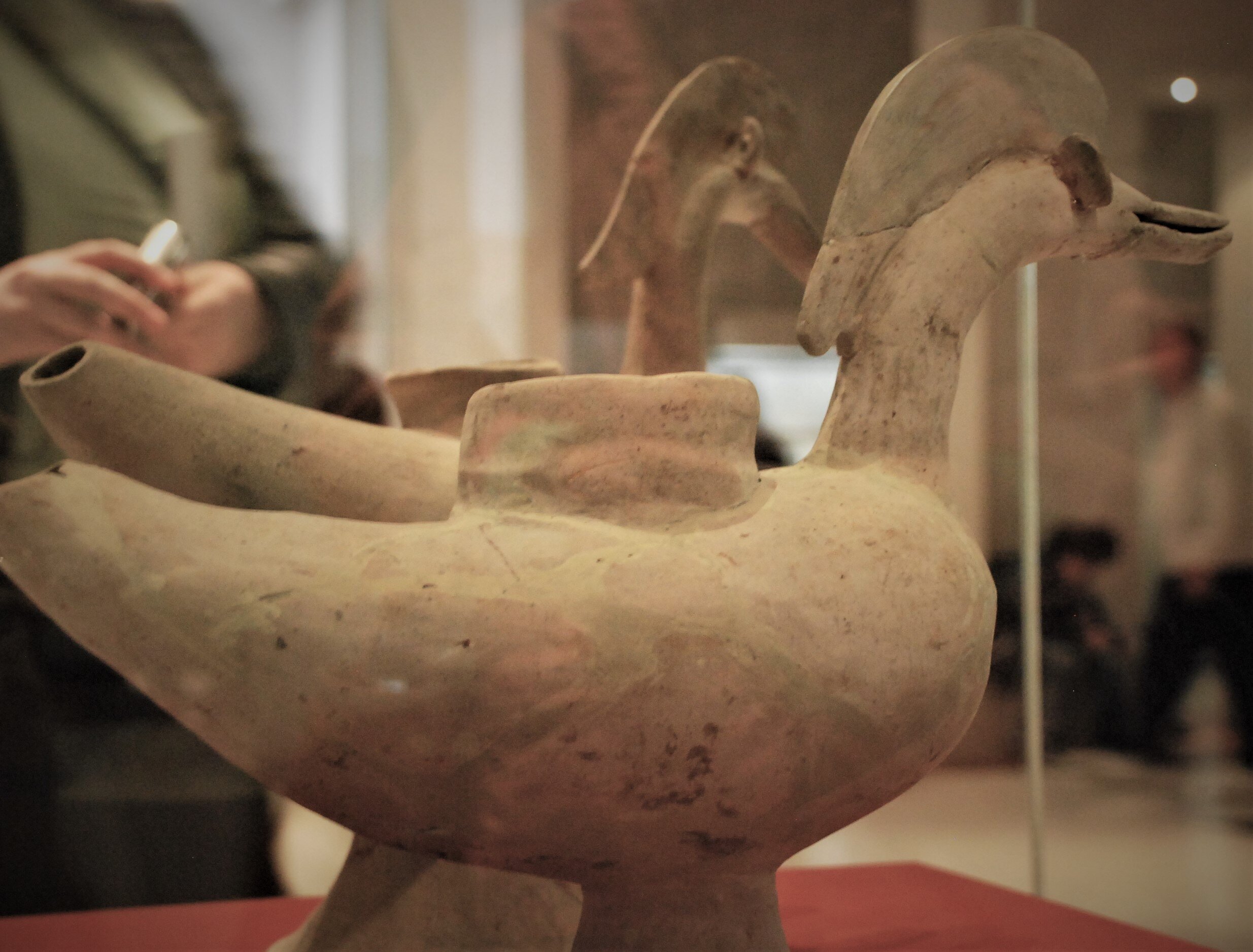
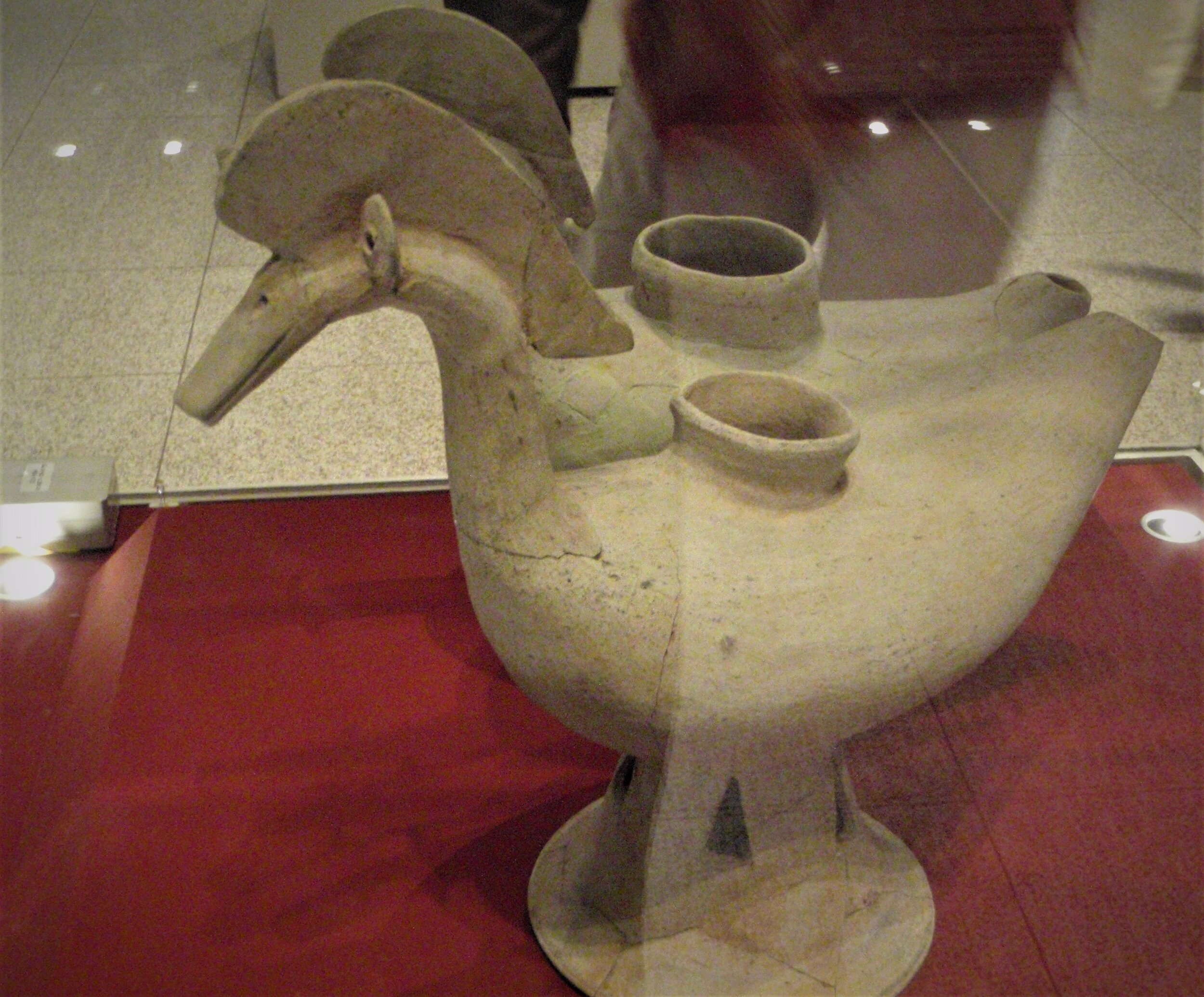
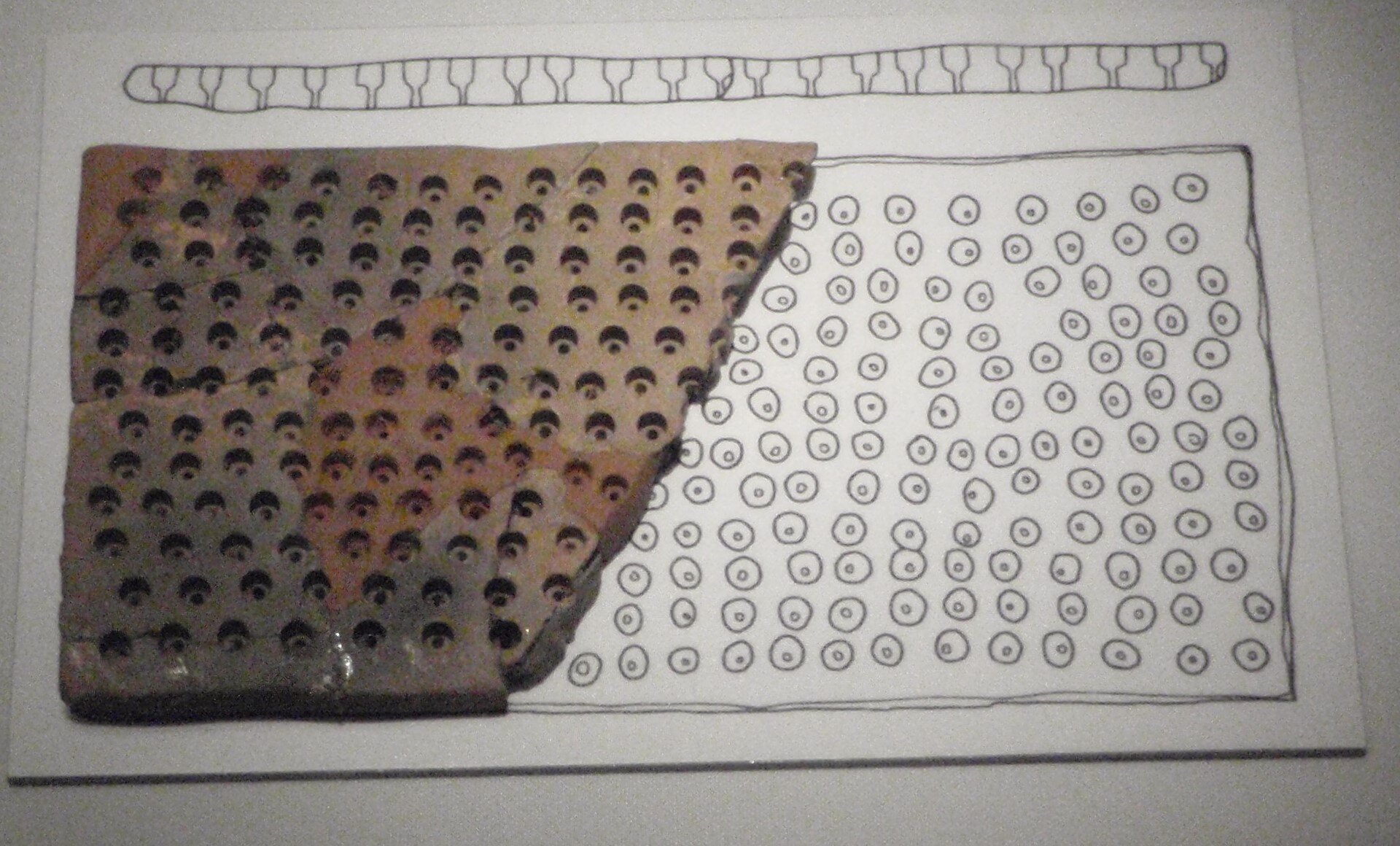
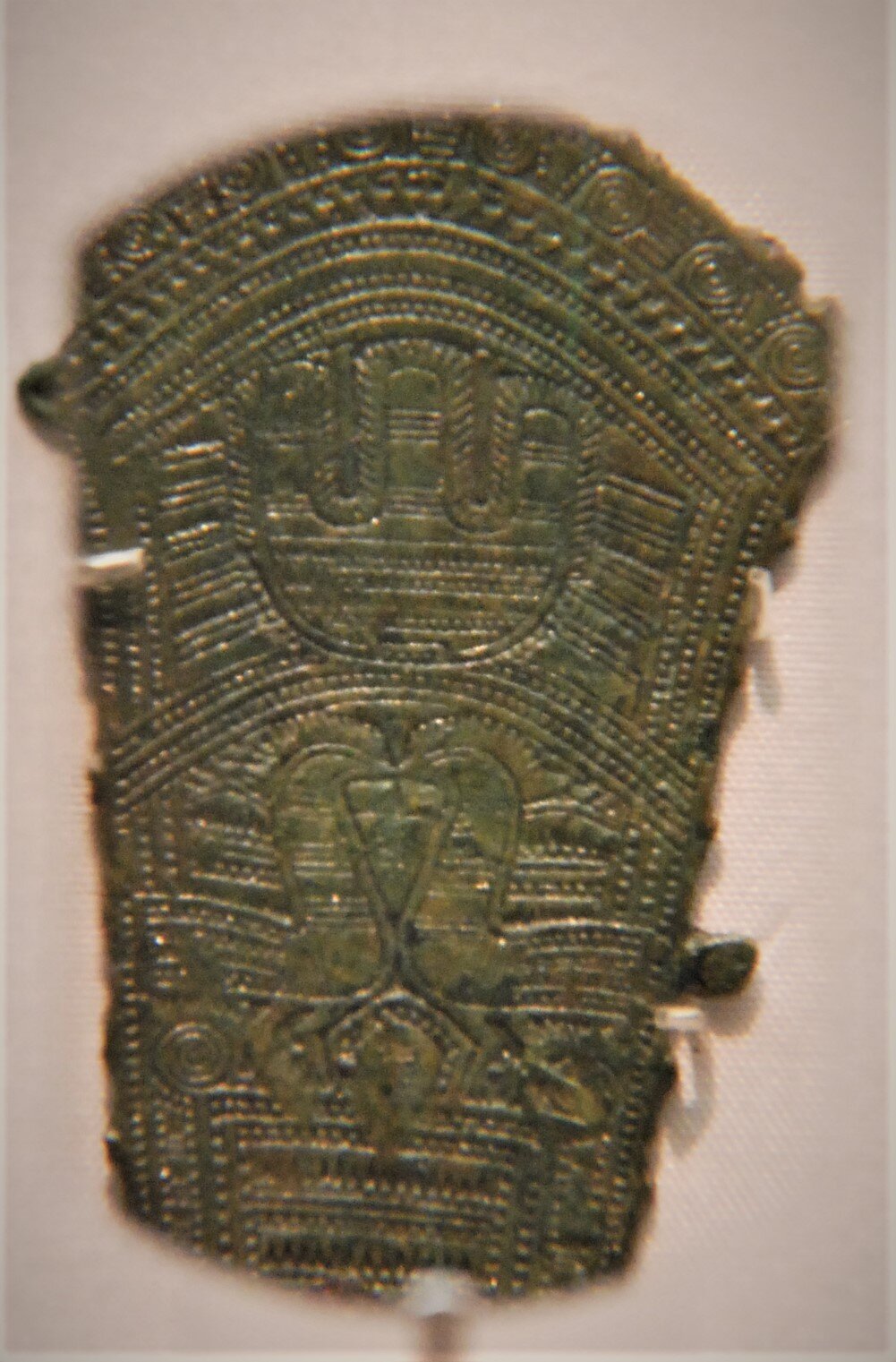
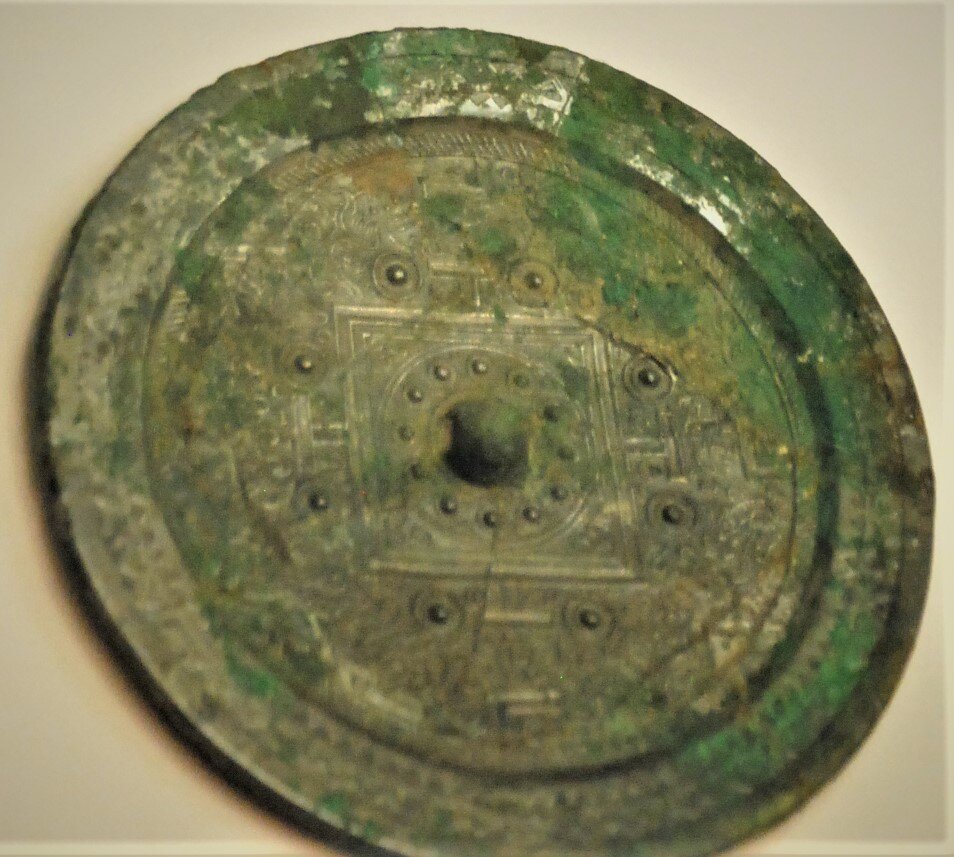
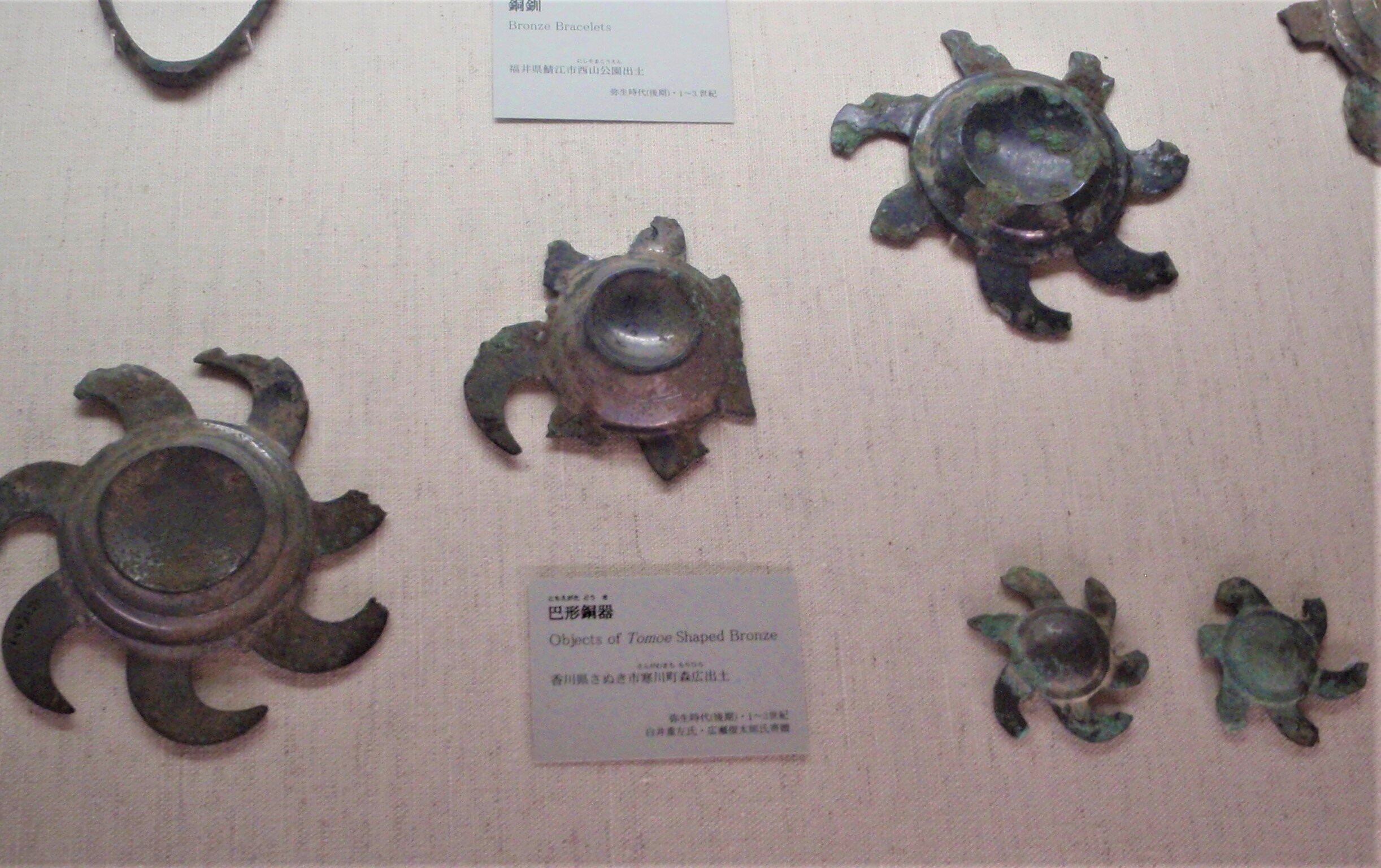

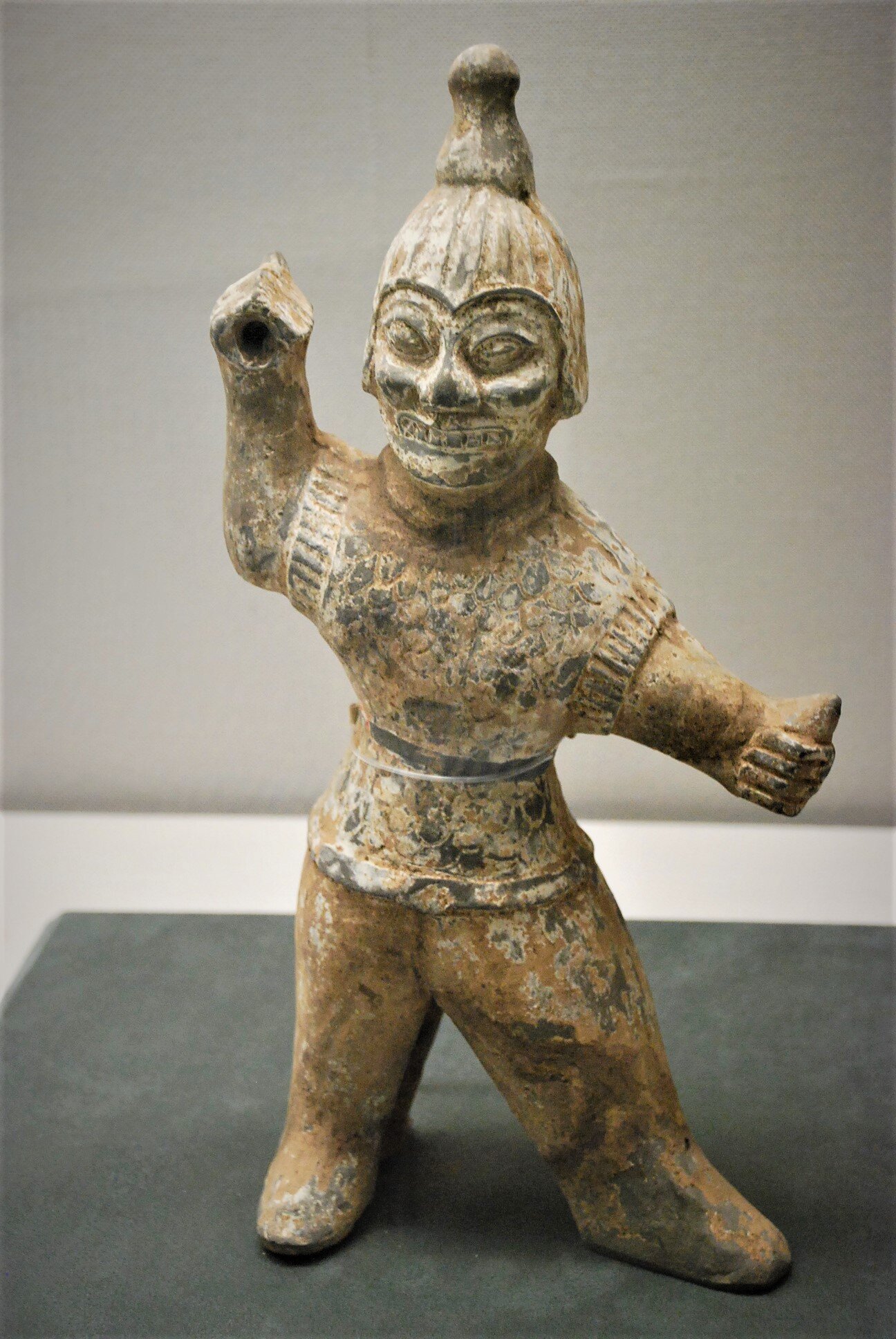
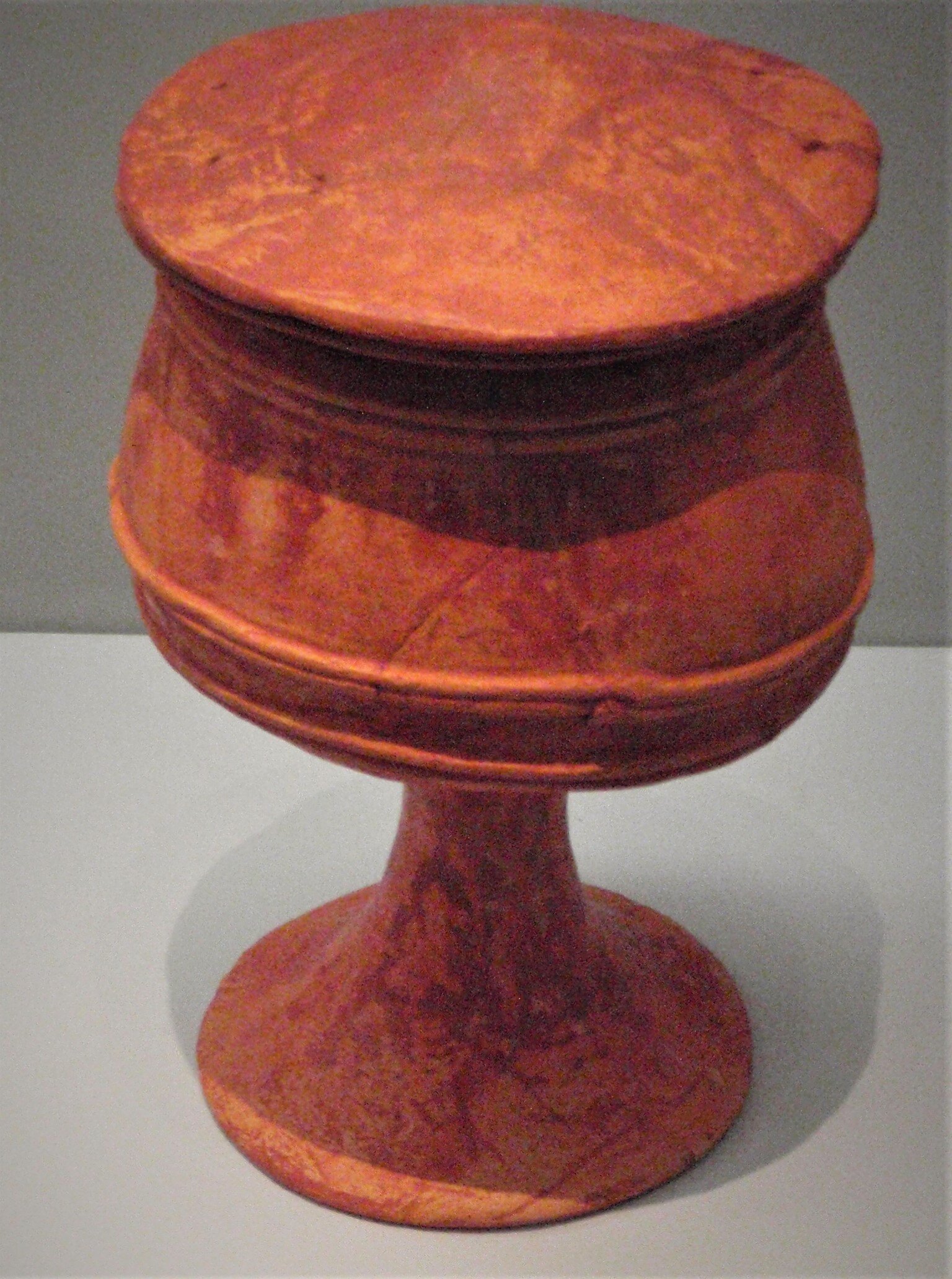
References
Barnes, G. (2015). Archaeology of East Asia: The Rise of Civilization in China, Korea and Japan. Oxbow Books. Retrieved November 30, 2020, from http://www.jstor.org/stable/j.ctt19893vd
Ō, Yasumaro, & Heldt, G. (2014). The Kojiki: An account of ancient matters. ISBN978-0-231-16389-7
Vovin, Alexander (2013). "From Koguryǒ to T’amna*: Slowly riding to the South with speakersof Proto-Korean." Korean LInguistics 15:2. John Benjamins Publishing Company. doi:10.1075/kl.15.2.03vov
Barnes, Gina L. (2007). State Formation in Japan: Emergence of a 4th-Century Ruling Elite. Routlede. ISBN 9780415596282
Bentley, John. (2006). The Authenticity of Sendai Kuji Hongi: a New Examination of Texts, with a Translation and Commentary. ISBN-90-04-152253
Soumaré, Massimo (2007), Japan in Five Ancient Chinese Chronicles: Wo, the Land of Yamatai, and Queen Himiko. ISBN: 978-4-902075-22-9
Kidder, J. Edward (2007), Himiko and Japan's Elusive Chiefdom of Yamatai: Archaeology, History, and Mythology. ISBN: 978-0824830359
Barnes, Gina L. (1988). Protohistoric Yamato: Archaeology of the First Japanese State. ISBN 0-915703-11-4
Chamberlain, B. H. (1981). The Kojiki: Records of ancient matters. Rutland, Vt: C.E. Tuttle Co. ISBN4-8053-0794-3
Aston, W. G. (1972). Nihongi, chronicles of Japan from the earliest times to A.D. 697. London: Allen & Unwin. ISBN0-80480984-4
Philippi, D. L. (1968). Kojiki. Princeton, N.J.: Princeton University Press. ISBN4-13-087004-1

